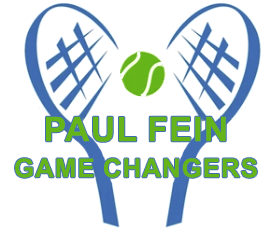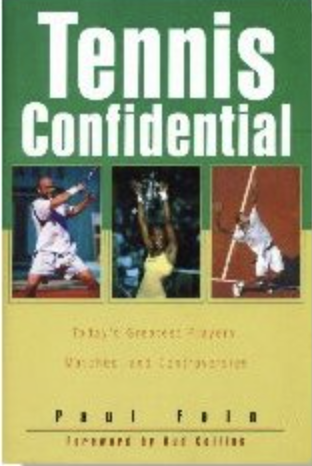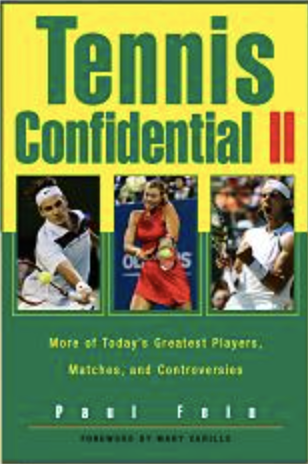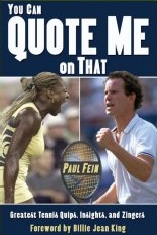Analyzing Sinner’s Sensational Stats During His Breakthrough Year
Hits: 104
Midway through Jannik Sinner’s 6-1, 6-2 demolition of three-time major finalist Casper Ruud in the semifinals of the 2024 ATP Finals, Tennis Channel’s astute Brett Haber noted that Sinner breaks serve 29% of the time and holds serve 91%. Then Brett succinctly summed up his opponents’ predicament: “When are you supposed to win a game against him?”
Jeff Sachmann researches and analyzes revealing tennis statistics like these better than anyone else on his “Heavy Topspin” blog. If you don’t already follow Sachmann, go to Tennisabstract.com.
In today’s blog, “Yes, Jannik Sinner Really Is This Good,” Jeff wrote:“Don’t let Daniil Medvedev’s near-miss in the Australian Open final fool you: Jannik Sinner is the best player in the world right now. Like Sunday’s championship match, it’s close–but it might not be close for long.“I wrote in December about what I called the “most exclusive clubs” in tennis. Since 1991, when the ATP began keeping these stats, Andre Agassi and Novak Djokovic have been the only two players to finish a season in the top three of both hold percentage and break percentage. (Agassi did it twice.) Well, in the last 52 weeks, Sinner ranks second in hold percentage behind Hubert Hurkacz, and he stands third in break percentage, trailing only Medvedev and Carlos Alcaraz. It’s not a calendar year so we can’t officially add him to the list, but he’s playing as well on both sides of the ball as anyone ever has, apart from two all-time greats.“Oh, and on hard courts, Sinner out-holds even Hurkacz. He gets broken less than anyone in the game, securing his serve 89.9% of the time.“But wait–it’s even better than that. Alex Gruskin pointed out that since Wimbledon, Sinner’s hold percentage is 91.1%, within shouting distance of John Isner’s career mark of 91.8%. Isner cracked the top ten by combining that monster serve with a return that only a mother could love. Sinner, on the other hand, pairs absolutely dominant serving with one of the best returns in the game. Ever wonder what would happen if Big John had an elite return? Now you know.”As valid as Jeff’s analysis is, it doesn’t explain everything. Here are other factors to consider:How does Sinner fare in tiebreakers?How do Jeff’s stats hold up on each surface—grass, clay, and hard (indoor and outdoor)?What are Sinner’s hold percentages and break percentages against his leading rivals?What are Sinner’s hold percentages and break percentages in deciding sets?What are Sinner’s hold percentages and break percentages at Grand Slam events and the Olympics?Interestingly, Djokovic and Agassi are the two best serve returners in men’s tennis history. In 10 years, if Sinner avoids major injuries and maintains — or even improves — his extremely consistent and high-level game, he’ll likely break this little-known record.Of course, during that time, an even better player or two may burst on the tennis scene . . . perhaps a 6’10” super athlete.What do you think?Paul Fein — Nov. 19, 2024




